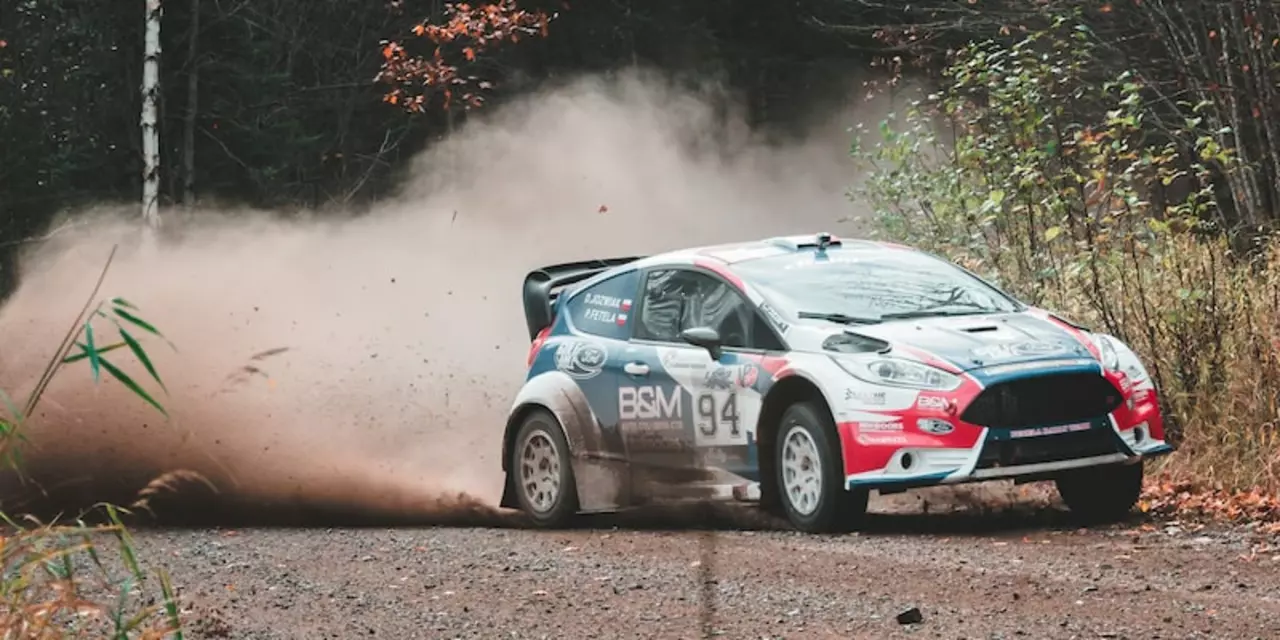MPH in Rally Racing: Why Every Mile Matters
When you hear "MPH" you probably think of a speedometer needle hitting high numbers on a highway. In rally racing that number tells a different story. It decides how a car handles a slick gravel line, when a driver should fire the handbrake, and how a co‑pilot times their pace notes. Let’s break down what MPH really means on a rally stage and how you can use that knowledge to drive faster and safer.
Reading the MPH gauge on mixed terrain
Rally stages mash together dirt, mud, snow, and sometimes smooth tarmac. The same MPH on a clean road feels totally different from the same MPH on a loose gravel bend. Drivers learn to feel the car’s momentum, not just watch the dial. If you’re cruising at 50 MPH on a dry asphalt straight, you have plenty of grip. Push 50 MPH into a deep mud corner and you’ll likely slide unless you feather the throttle and set the handbrake right before the turn.
Most modern rally cars let you switch between MPH and km/h on the dash. In regions where the sport runs in metric, you’ll see km/h, but the principle stays the same – watch your speed relative to the surface. A good rule of thumb: add 10‑15 MPH when moving from tarmac to loose gravel before you start losing traction.
Using MPH to plan your driving technique
Speed influences three key rally actions: braking, corner entry, and acceleration out of the turn. At a higher MPH, you need a longer braking zone. That’s why you’ll see drivers lift off the gas early, let the car slow naturally, then hit the handbrake at the exact moment the inside wheels bite. The handbrake stalls the rear, letting the car rotate without needing extra steering input.
When you know your target MPH for each segment, you can match it with pace notes. A co‑pilot might call “30‑right‑tight” meaning you should be sitting around 30 MPH as you hit that tight right. If you’re faster, you’ll overshoot the apex and lose time. If you’re slower, you’ll waste precious seconds. Practicing to hit those target speeds builds muscle memory that translates to faster stage times.
Car setup also hinges on expected MPH ranges. A front‑wheel‑drive (FWD) rally car may struggle above 60 MPH on loose surfaces because weight shifts forward, reducing rear traction. All‑wheel‑drive (AWD) setups stay more stable at higher speeds, letting you keep the throttle open longer. Knowing the MPH you’ll likely hit on a stage helps you choose the right differential settings and tire pressures.
Finally, safety is a big reason to respect MPH. Rally stages are packed with spectators, trees, and sudden obstacles. Keeping within the advised speed zone gives you reaction time and keeps the car under control. Remember, the fastest driver isn’t always the one who tops the speedometer, but the one who stays consistent and avoids crashes.
So next time you line up at the start, glance at that MPH readout, think about the surface, and match your technique to the speed you need. It’s a simple habit that can shave seconds off your time and keep you on the road – or the dirt – safely. Happy rallying!

How fast do rally cars go in MPH?
Rally cars are designed to go fast on challenging terrain, and they can reach impressive speeds. On average, rally cars can go up to 130 mph, but they have been known to go up to 180 mph in some cases. Modern rally cars also feature advanced safety features to ensure driver safety.